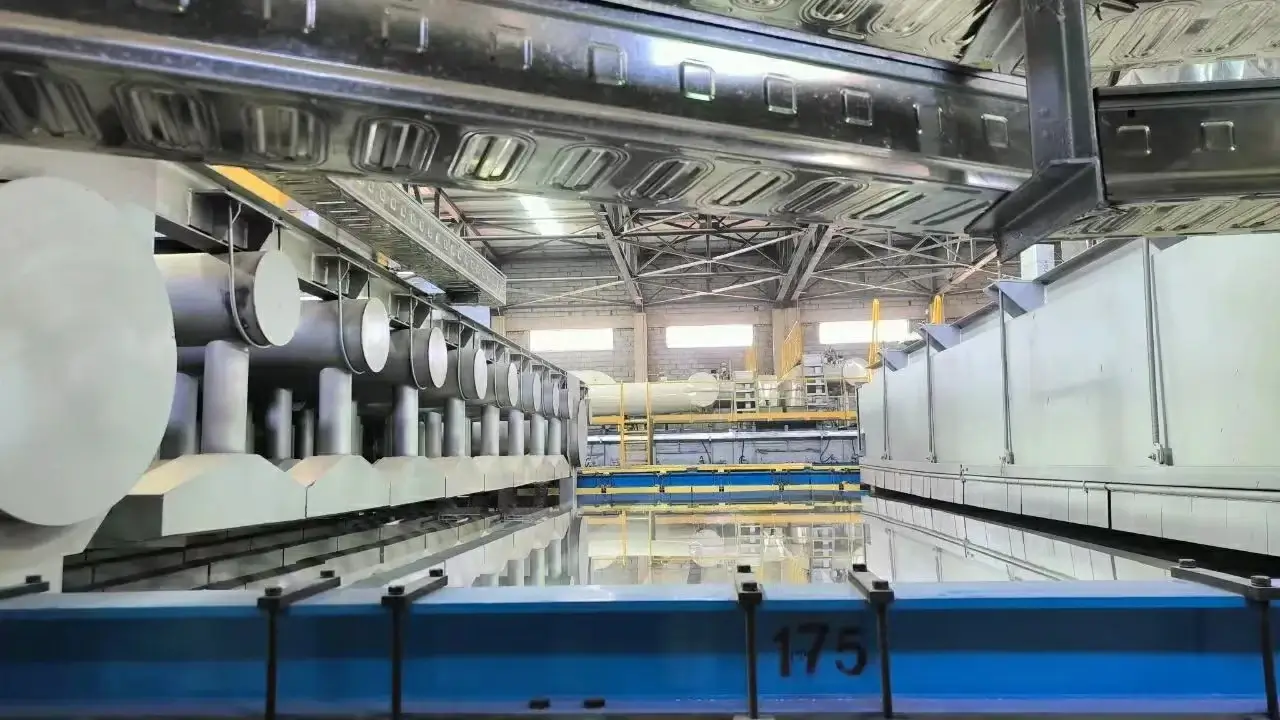

The Price of Automatic Frosted Glass A Modern Solution for Privacy and Aesthetics
In contemporary architecture and interior design, automatic frosted glass has emerged as a popular choice for both residential and commercial spaces. This innovative material not only enhances aesthetics but also provides essential privacy and light management. As its use becomes more prevalent, understanding the factors that influence the price of automatic frosted glass is crucial for anyone considering incorporating this feature into their space.
Automatic frosted glass is essentially a high-tech solution that enables users to switch between clear and frosted states at the push of a button. This versatility allows for dynamic use of space; for instance, in a conference room, the glass can provide transparency during presentations and then switch to frosted to ensure privacy during discussions. The technology behind this glass typically involves liquid crystals or film that react to electrical currents. The convenience and functionality offered by this glass have led to a growing demand, which inevitably influences pricing.
Factors Influencing Pricing
1. Material Quality and Type The price of automatic frosted glass can vary significantly depending on the type of glass used and its quality. Higher-grade glass tends to cost more, but it also offers better durability and optical clarity. Additionally, the technology used to create the frosted effect can vary, with more advanced solutions generally increasing the price.
2. Size and Customization Like any architectural feature, the size of the glass panel plays a critical role in determining costs. Larger panels require more material and hence can be more expensive. Additionally, customization options—such as specific dimensions, shapes, and integrated smart technology—can further drive up the price.

3. Installation Costs Installing automatic frosted glass often requires specialized installation services due to its electrical components and the need for precise alignment. These installation costs can add a significant amount to the overall price. It’s essential to consider the expertise required as improper installation can lead to malfunctions or reduced effectiveness.
4. Brand and Supplier Different manufacturers and brands offer varying price points based on their reputation, warranty, and support services. While well-known brands may charge a premium, their products might come with better customer service, guarantees, and proven reliability, making them worthwhile investments.
5. Technology Integration The integration of smart home technologies or other automation systems can also impact the price of automatic frosted glass. Features such as remote control operation, voice activation, and compatibility with other smart devices can enhance functionality but will typically increase costs.
Conclusion
Automatic frosted glass represents a remarkable blend of technology and design, offering both practical benefits and aesthetic appeal. While its price may be higher than traditional glass options, various factors such as material quality, size, installation, brand reputation, and technological enhancements play significant roles in determining the final cost. For homeowners and businesses looking to elevate their spaces while maintaining privacy and managing light, the investment in automatic frosted glass can be a worthwhile endeavor. With careful consideration of these factors, prospective buyers can find a solution that meets their needs and budget, ultimately enhancing the functionality and appearance of their environments.